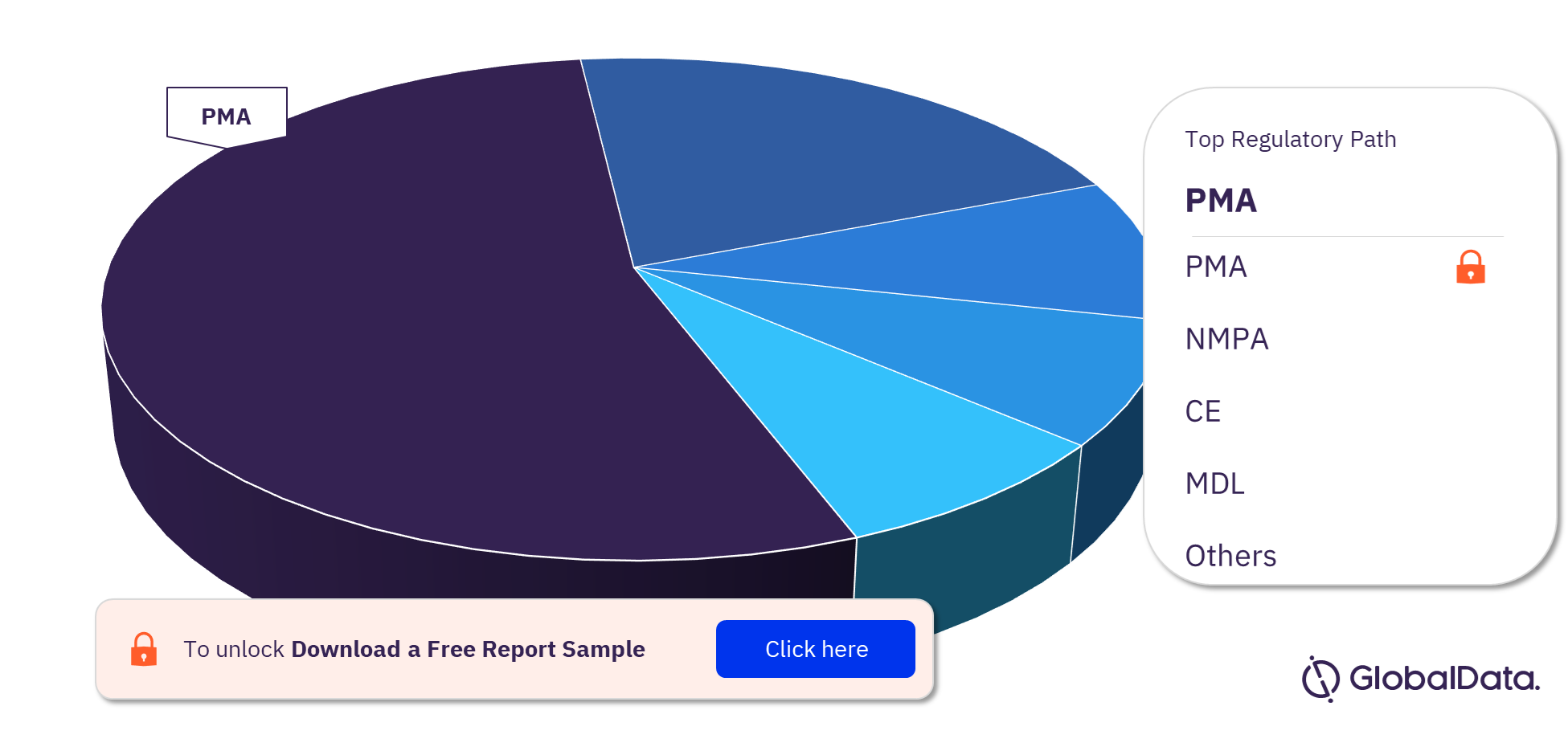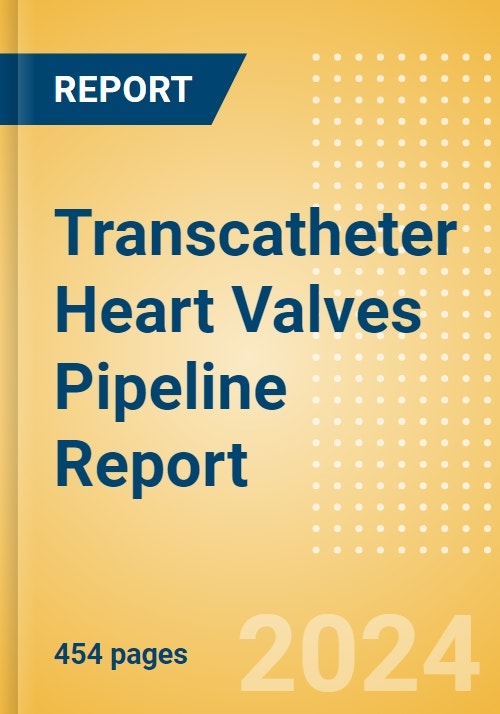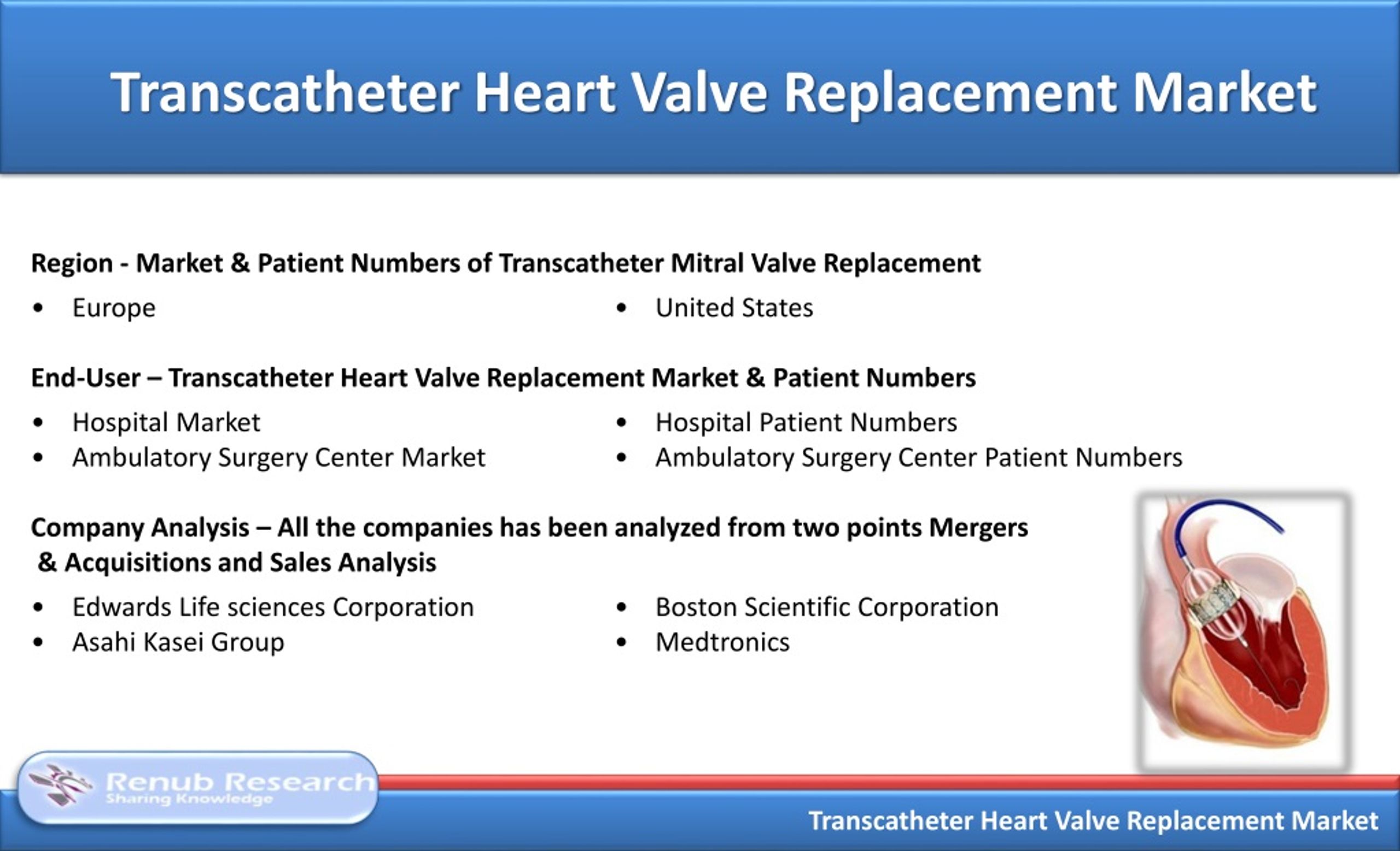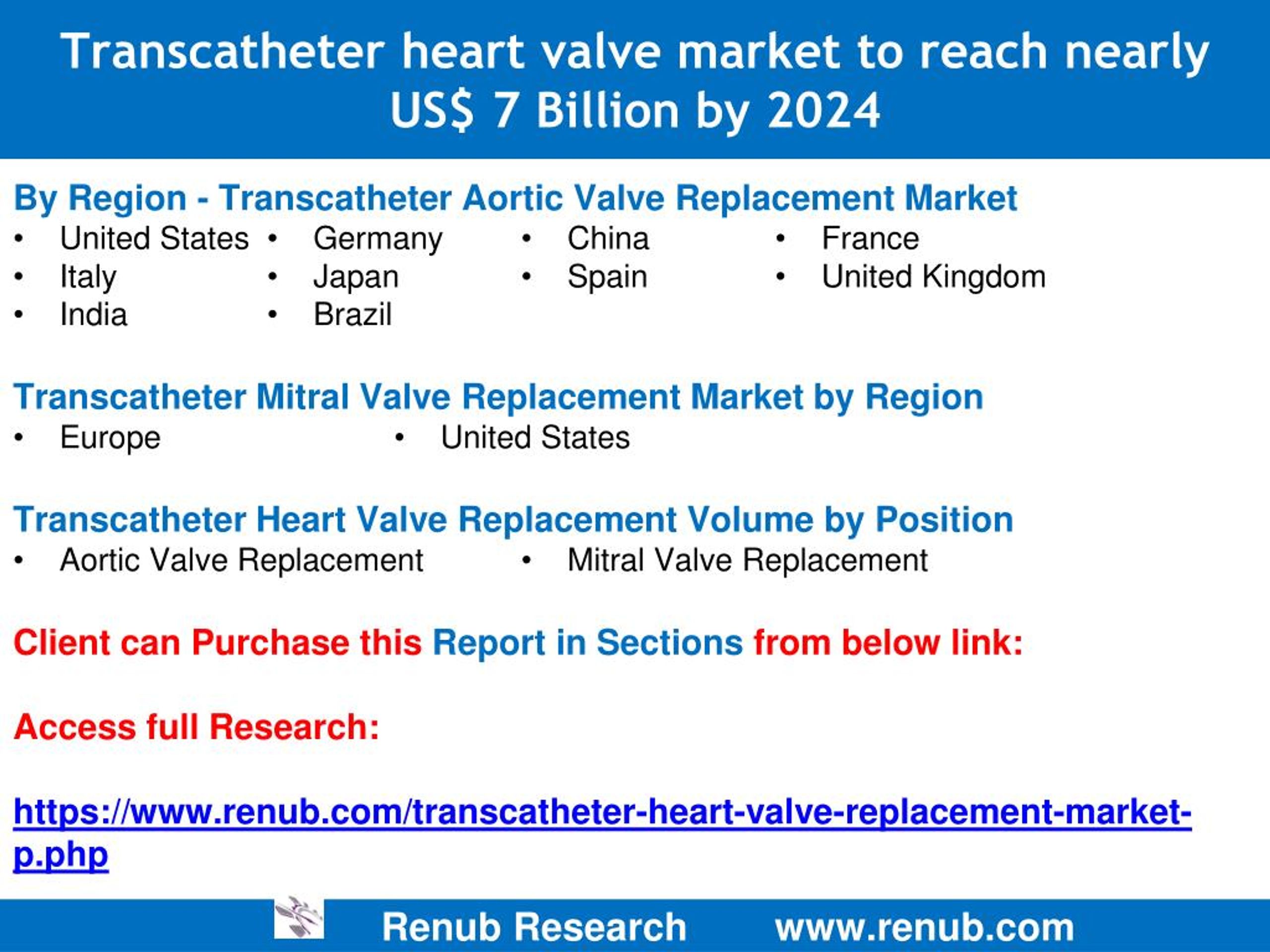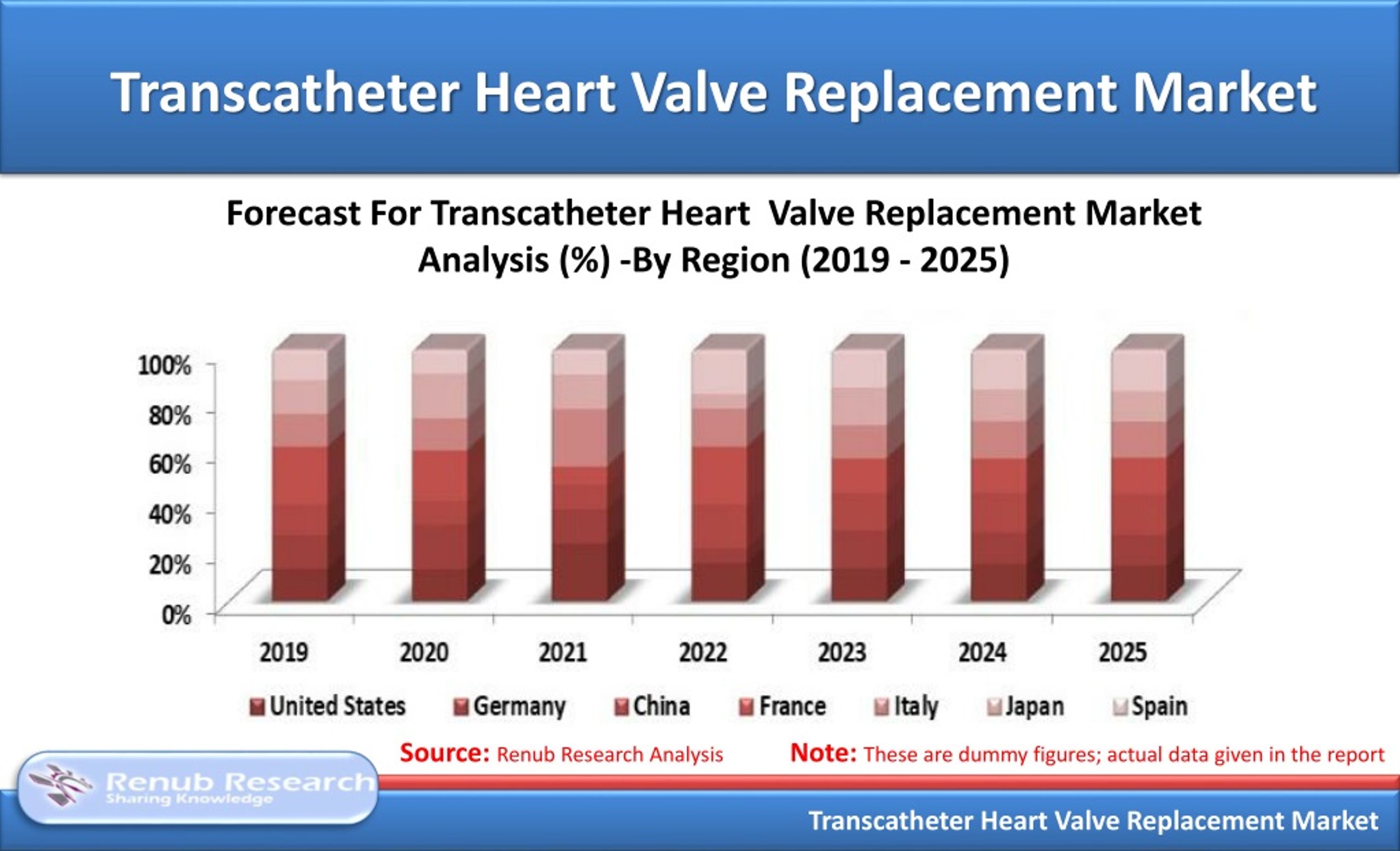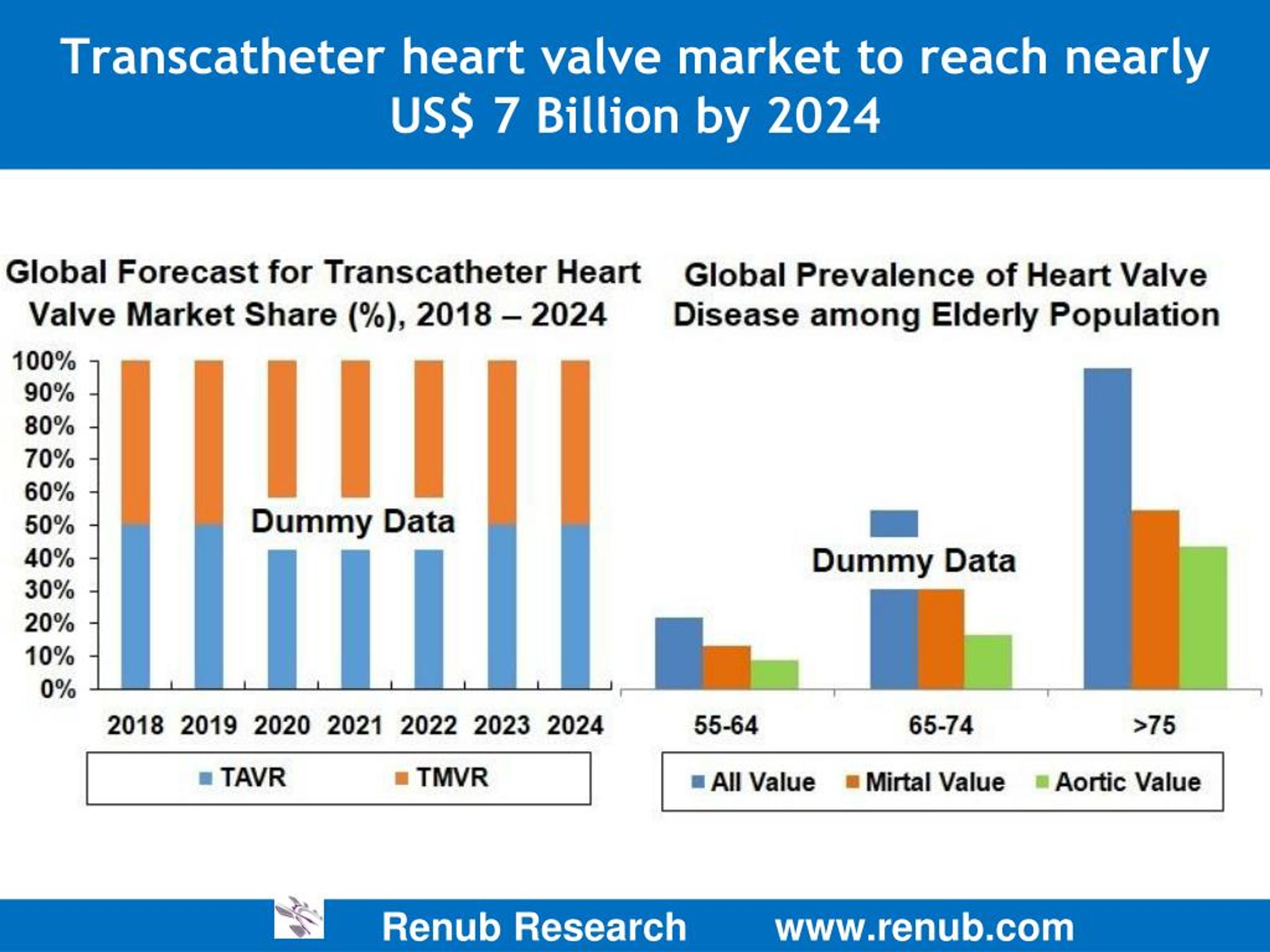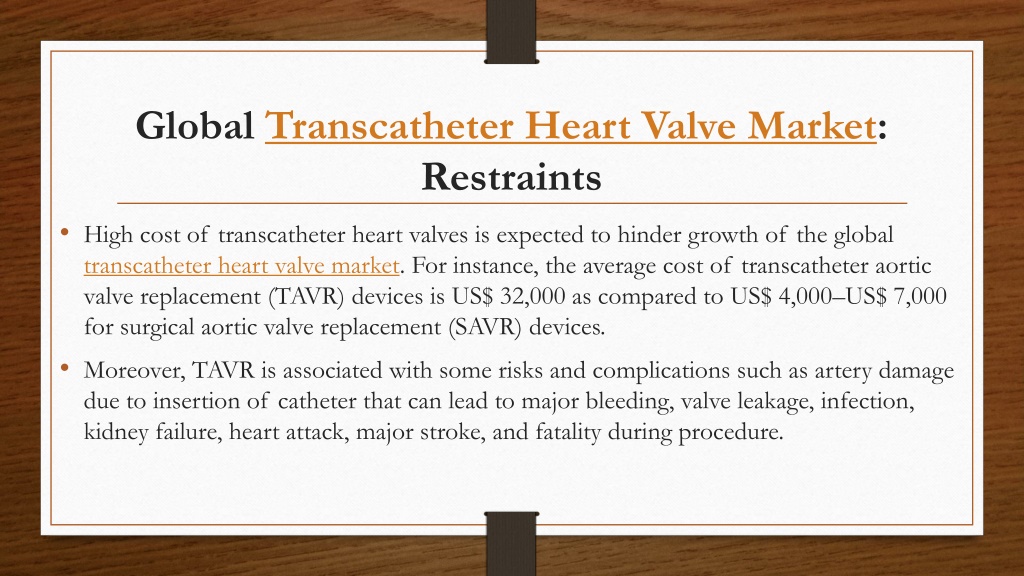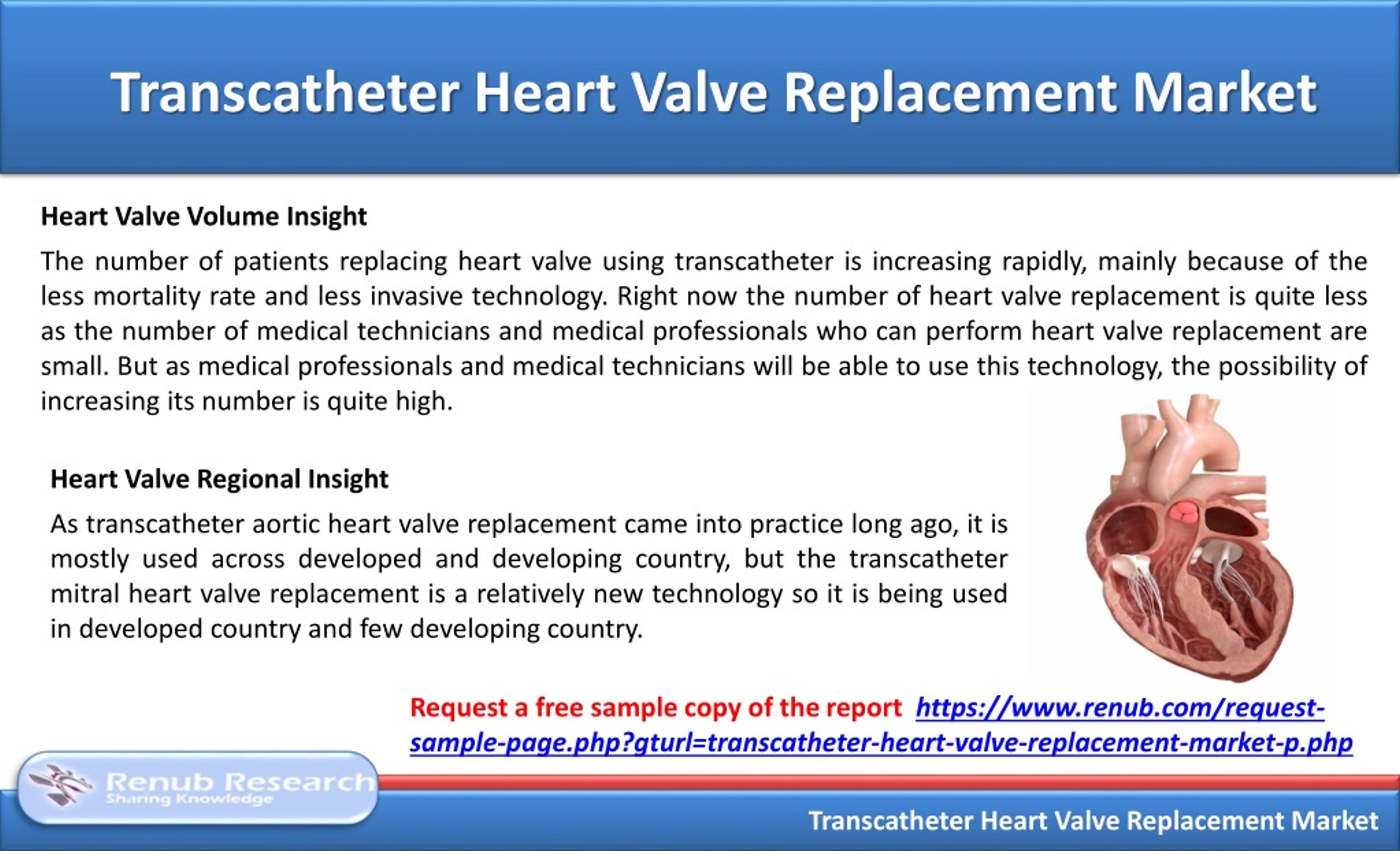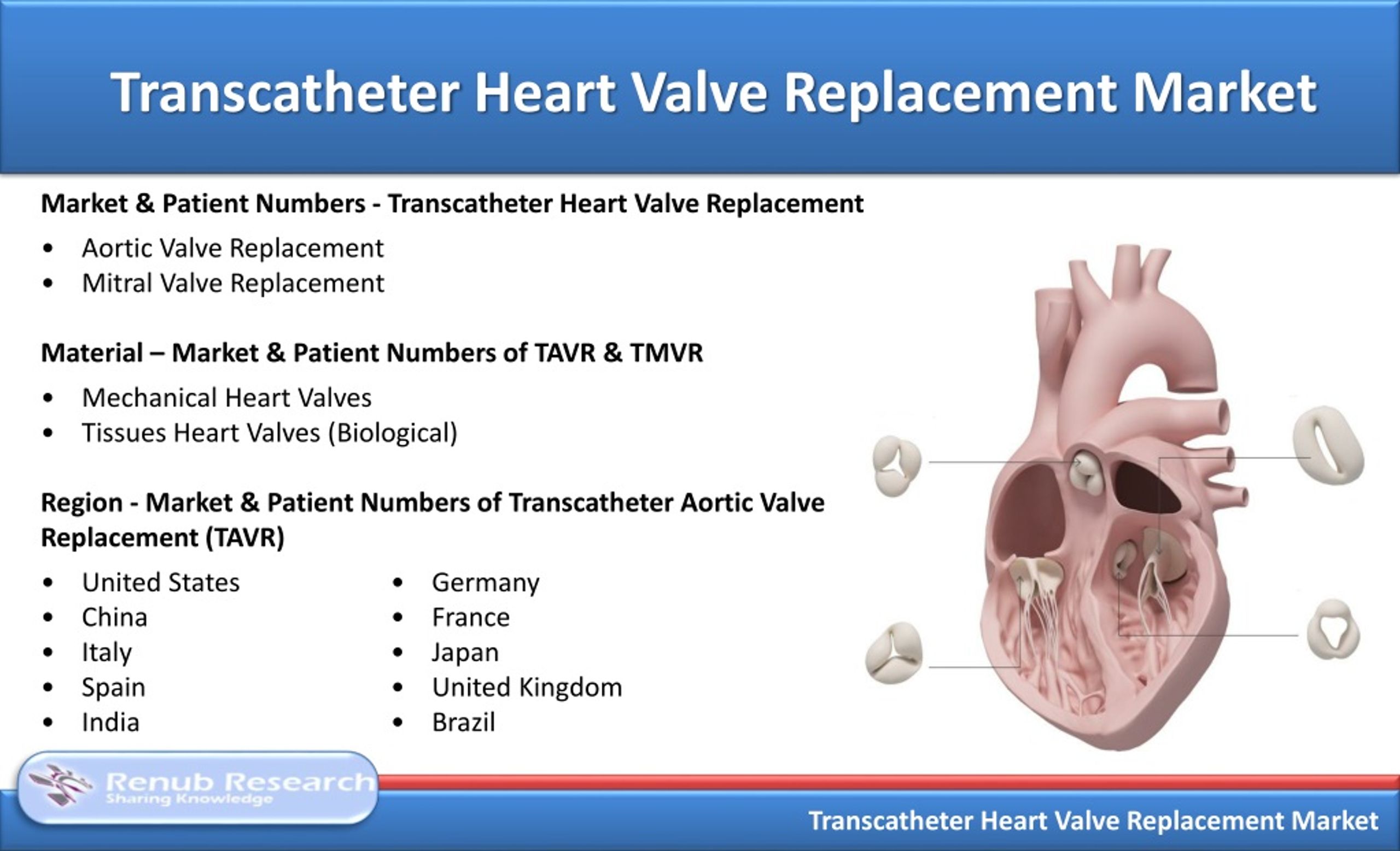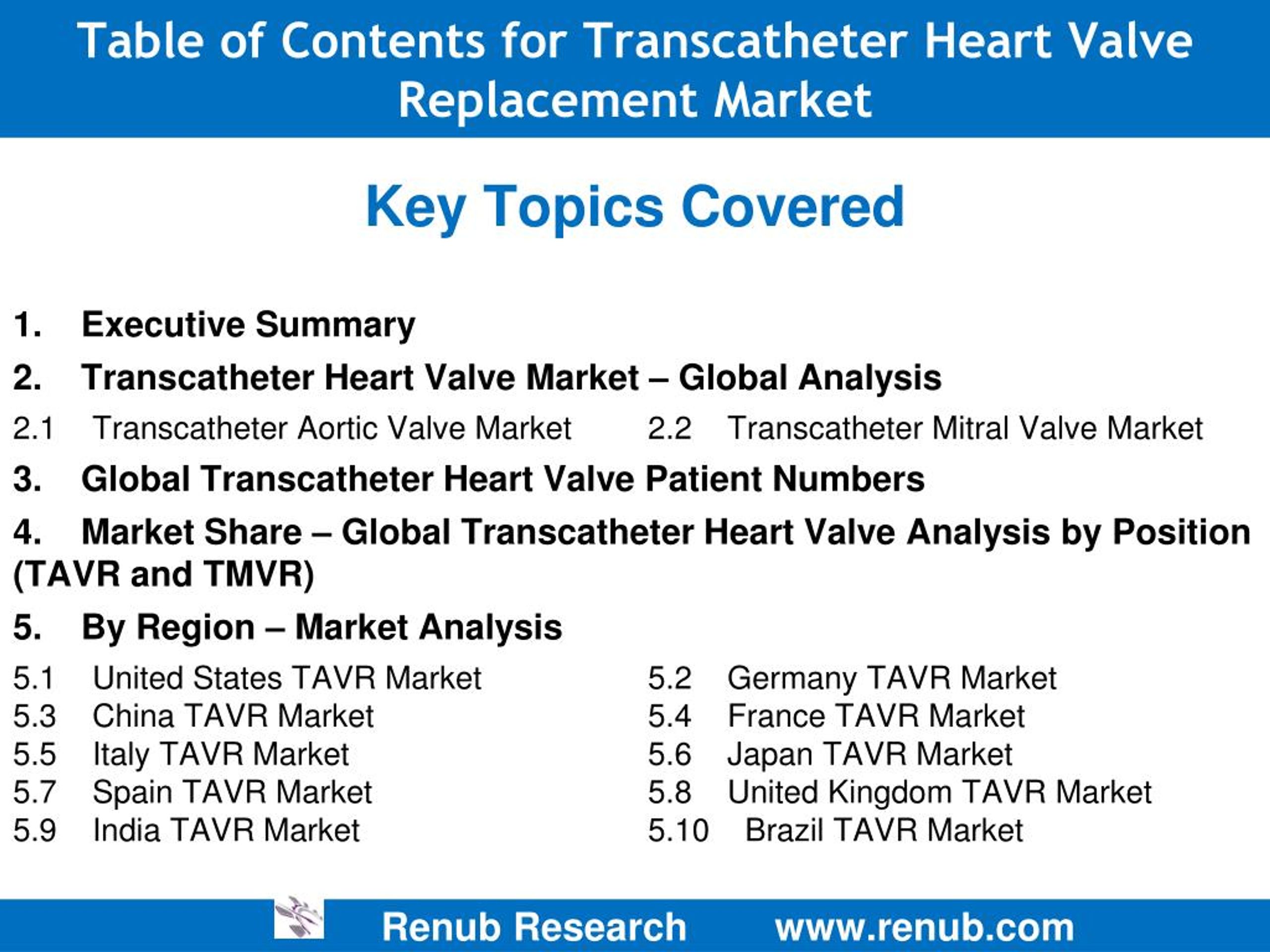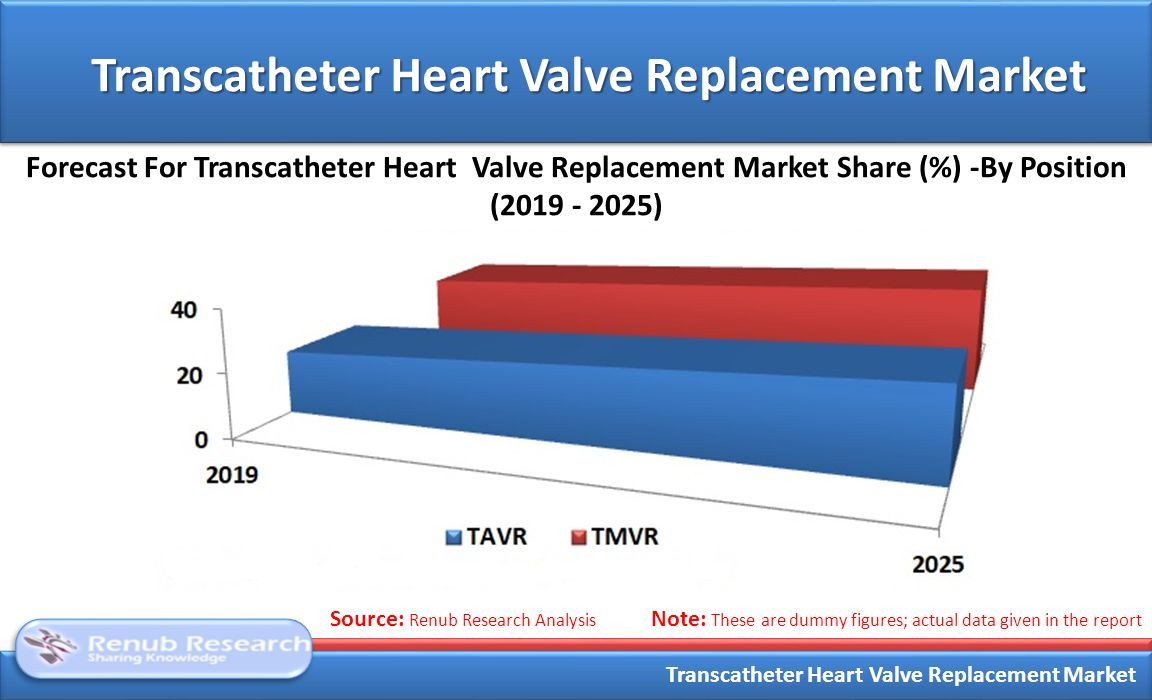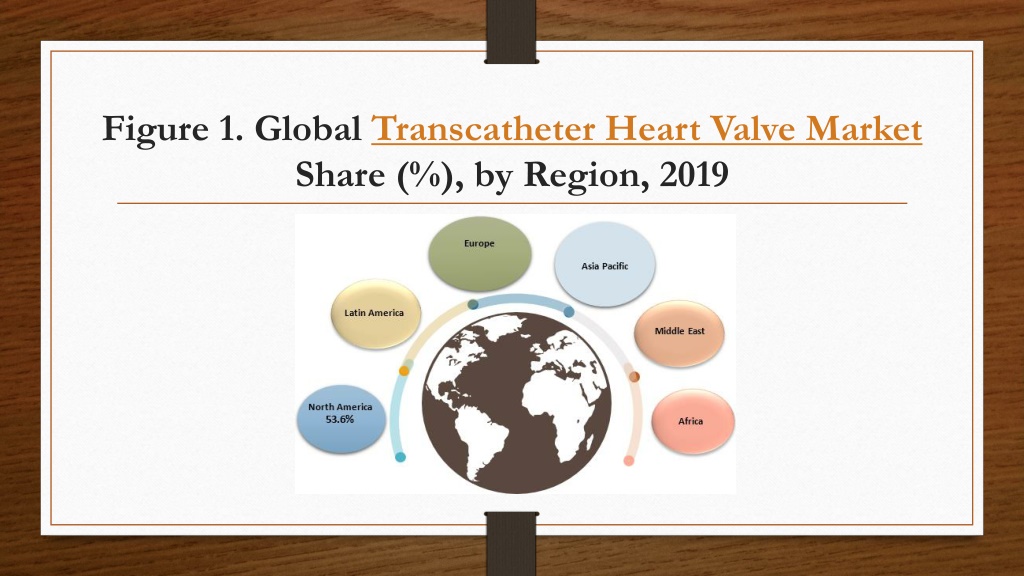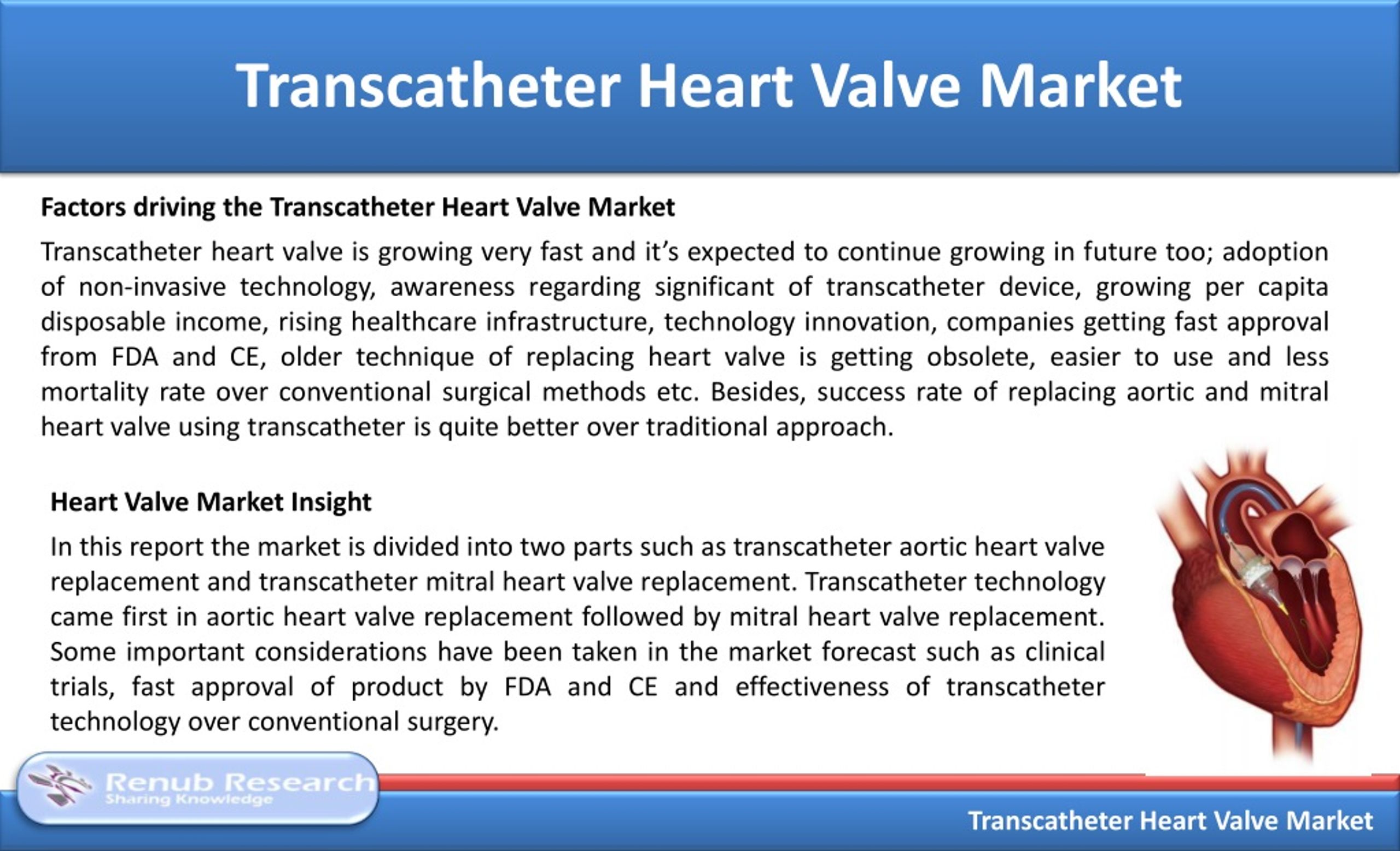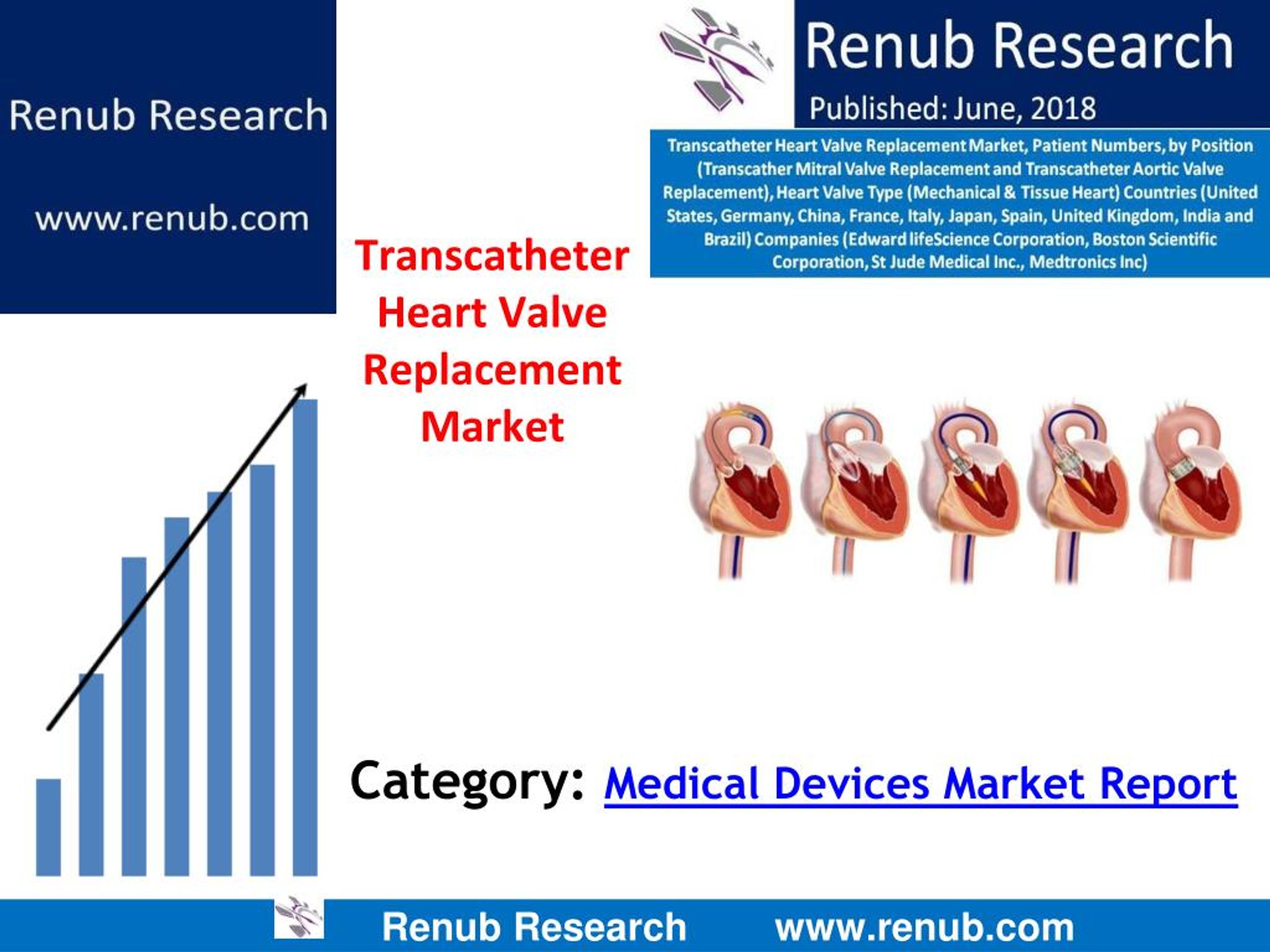Transcatheter Heart Valves Pipeline Product Market

The market for transcatheter heart valves (THV) is experiencing a period of rapid innovation and expansion, driven by an aging global population and a growing preference for minimally invasive procedures. Several companies are vying for market share, each developing and refining their pipeline products to address the unmet needs of patients suffering from valvular heart disease.
This article will delve into the landscape of transcatheter heart valve pipeline products, examining key players, ongoing clinical trials, and potential future trends that could shape this dynamic sector of medical technology.
Current Market Overview
The existing THV market is dominated by a few major players, including Edwards Lifesciences and Medtronic.
However, numerous other companies are actively developing next-generation THVs with improved features and expanded indications, hoping to carve out their own niche in the market.
Key Companies and Pipeline Products
Edwards Lifesciences continues to expand its portfolio. They are focusing on enhancing the durability and deliverability of their existing THV platforms.
Their continued research aims to improve patient outcomes and reduce the need for re-intervention.
Medtronic is another significant player. They are investing heavily in developing THVs for various valve pathologies, including mitral and tricuspid valve disease, areas with substantial unmet clinical need.
Other notable companies with active THV pipeline programs include Abbott. Abbott is focusing on developing less invasive delivery systems.
These advanced systems are designed to minimize procedural complications and facilitate faster patient recovery.
Beyond these industry giants, several smaller companies and startups are also contributing to the innovation landscape. They are often focusing on niche applications or novel valve designs. These designs can offer unique benefits compared to existing technologies.
Clinical Trials and Regulatory Landscape
The development and approval of new THVs are heavily reliant on rigorous clinical trials. These trials are essential to demonstrate safety and efficacy.
The FDA and other regulatory bodies worldwide play a crucial role in overseeing these trials and ensuring that new THVs meet stringent standards before being made available to patients.
Currently, numerous clinical trials are underway, evaluating various THV pipeline products for different valve pathologies and patient populations. These trials are critical for gathering the data needed to support regulatory submissions and ultimately bring new THVs to market.
The results of these trials will significantly impact the future direction of the THV market.
Technological Advancements and Future Trends
The THV market is characterized by ongoing technological advancements, with companies continuously striving to improve valve design, delivery systems, and imaging techniques.
One key trend is the development of adaptive valves that can conform to the patient's unique anatomy, potentially improving long-term durability and reducing the risk of paravalvular leak.
Another area of focus is the development of fully resorbable THVs. These valves would gradually dissolve over time, leaving behind only the patient's native tissue, potentially eliminating the need for long-term anticoagulation therapy.
Furthermore, advancements in imaging technologies, such as 3D printing and advanced echocardiography, are enabling more precise valve sizing and placement, leading to improved procedural outcomes.
Potential Impact on Patients and Healthcare Systems
The continued innovation in THV pipeline products has the potential to significantly improve the lives of patients with valvular heart disease. This can lead to less invasive treatment options.
THVs offer a less invasive alternative to traditional open-heart surgery, resulting in shorter hospital stays, faster recovery times, and reduced risk of complications for many patients.
The expansion of THV technology to treat a wider range of valve pathologies, such as mitral and tricuspid valve disease, could also address significant unmet clinical needs. It can improve the quality of life for a larger population.
However, the widespread adoption of new THV technologies also presents challenges for healthcare systems, including the need for specialized training for physicians and the potential for increased costs. Careful evaluation of the cost-effectiveness of new THVs is crucial to ensure that they are accessible to patients while remaining sustainable for healthcare systems.
Conclusion
The transcatheter heart valve pipeline product market is a dynamic and rapidly evolving field. It is driven by ongoing innovation and the growing need for minimally invasive treatment options for valvular heart disease.
As companies continue to develop and refine their THV technologies, the future of this market holds great promise for improving patient outcomes and transforming the treatment of heart valve disease. The ongoing clinical trials and the constant strive for technological advancement will significantly influence the landscape of cardiac care.
